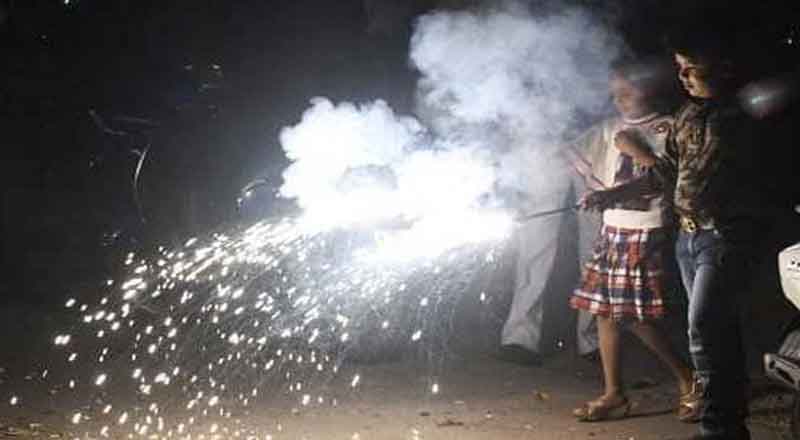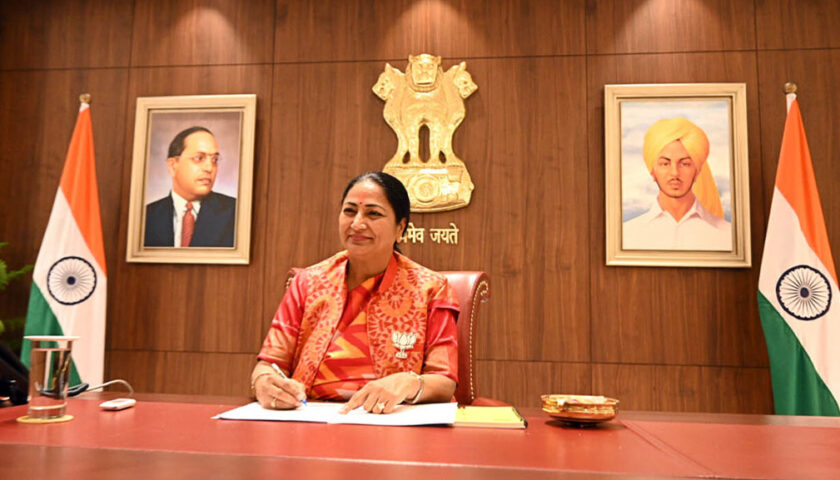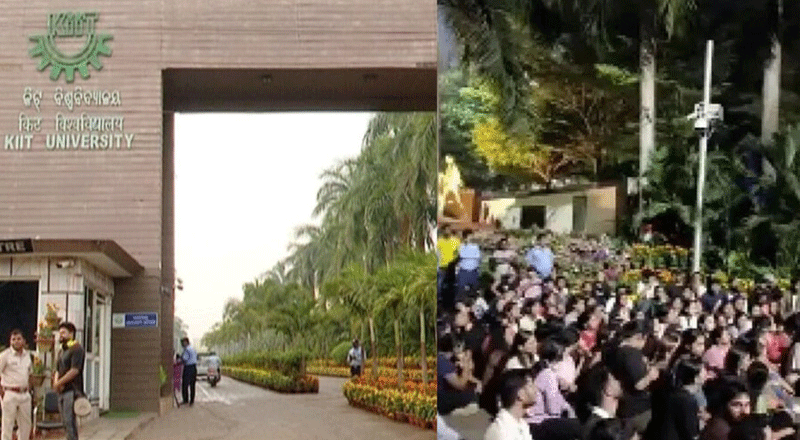- The air quality in Delhi and nearby cities reached hazardous levels a day after Diwali with the widespread violation of the firecracker ban.
- Most real-time air monitoring platforms this morning pegged the air quality index (AQI) above 500, with some places reaching as high as 900.
- PM2.5, the most damaging of all particles present in the air, clocked an hourly average of 200.8 at 7 am, compared to 83.5 at the same time yesterday.
- The Supreme Court last week clarified that its order banning firecrackers containing barium binds every state and is not just limited to the Delhi-NCR region.
- Delhi recorded an AQI of 312 on Diwali last year, 382 in 2021, 414 in 2020, 337 in 2019, 281 in 2018, 319 in 2017, and 431 in 2016, according to Central Pollution Control Board data.
The air quality in Delhi and nearby cities reached hazardous levels a day after Diwali with the widespread violation of the firecracker ban across the National Capital Region (NCR) on Sunday raising pollution concerns.
Most real-time air monitoring platforms this morning pegged the air quality index (AQI) above 500, with some places reaching as high as 900. Jawaharlal Nehru Stadium recorded an AQI of 910, Lajpat Nagar 959, and Karol Bagh 779 around 6 am. The average AQI was around 300 in most places, according to data recorded by the Central Pollution Control Board (CPCB). The PM2.5 and PM10 pollutant levels touched 500 at most places during the day, including in Rohini, ITO, and Delhi airport area.
The air quality index is an indicator to measure air pollution. An AQI between zero and 50 is considered ‘good’, 51 and 100 ‘satisfactory’, 101 and 200 ‘moderate’, 201 and 300 ‘poor’, 301 and 400 ‘very poor’, 401 and 450 ‘severe’, and above 450 ‘severe plus’.
People burst firecrackers across Delhi, Noida Gurugram, and other regions in the NCR yesterday. Social media visuals showed people gathering in the parks of the locality for bursting crackers. Many others questioned the Supreme Court ban and the failure of the authorities to implement it.
The Supreme Court last week clarified that its order banning firecrackers containing barium binds every state and is not just limited to the Delhi-NCR region. In September, the court had refused to interfere with the Delhi government’s ban on firecrackers, saying people’s health is important.
Delhi yesterday recorded its best Diwali day air quality in eight years with clear skies and abundant sunshine. The AQI stood at 218 at 4 pm, the best in at least three weeks, with rains last week bringing about a slight improvement just ahead of the festival of lights.
Delhi recorded an AQI of 312 on Diwali last year, 382 in 2021, 414 in 2020, 337 in 2019, 281 in 2018, 319 in 2017, and 431 in 2016, according to Central Pollution Control Board data.
Delhi, where the air quality ranks among the worst in the world’s capital cities, was cloaked in a thick blanket of smog with severe pollution levels for a week since October 28. The government had to shut schools and ban diesel trucks in view of the pollution, though it stopped short of enforcing the odd-even rule.
A western disturbance brought rain over most parts of northwest India late last week, which reduced the contribution of smoke from stubble burning in Punjab and Haryana to Delhi’s air pollution. The weather office had earlier predicted a marginal improvement in air quality ahead of Diwali due to the light rain.
The major pollutant that affects lungs and risks major health issues recorded a massive 140% jump in the 24-hour period since last morning as the air quality in Delhi deteriorated back to toxic levels a day after Diwali.
PM2.5, the most damaging of all particles present in the air, clocked an hourly average of 200.8 at 7 am. It was 83.5 at the same time yesterday, according to data recorded by the Central Pollution Control Board (CPCB). The PM2.5 and PM10 pollutant levels touched 500 at most places during this period, including in Rohini, ITO, and Delhi airport area, showed CPCB data.
(With inputs from agencies)





